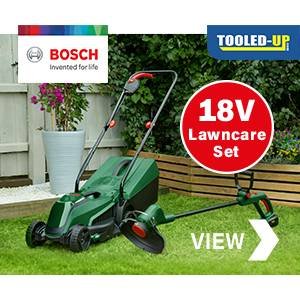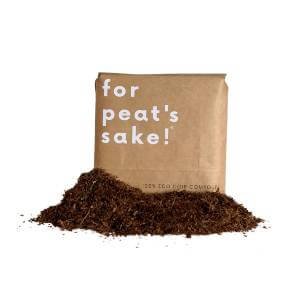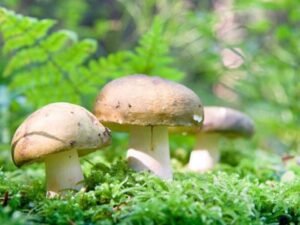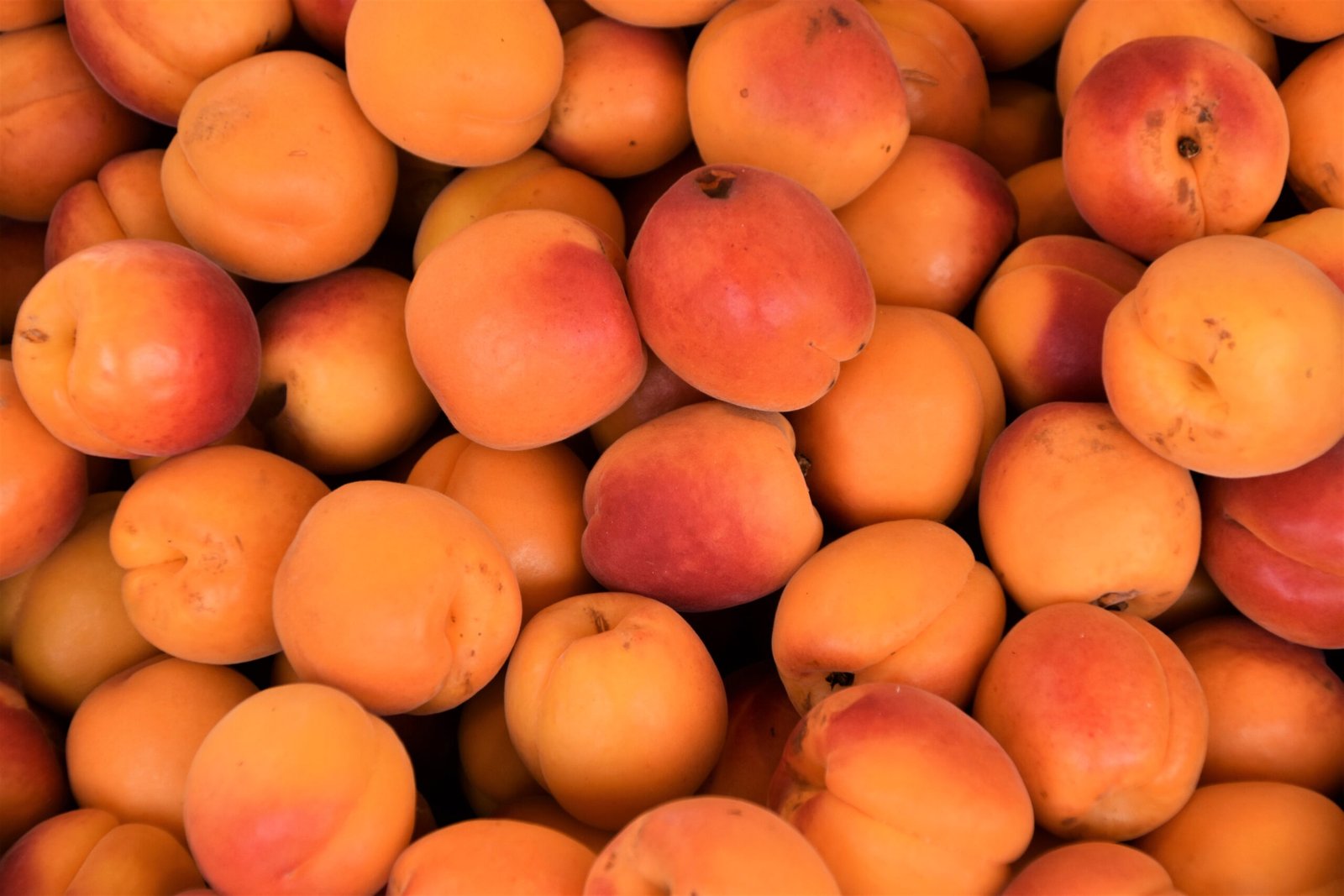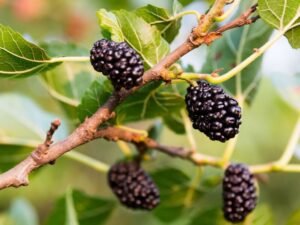The first sign unless you notice on close inspection will be seeing fruit sized flies flying around, gathering at a nearby window, or finding the infested plant. You will notice them crawling and flying around the top of the soil on closer inspection.
In regards to your plant these are a minor problem if treated and dealt with quickly, but if not can turn into a significant problem, and with few prevention techniques you can ensure that gnat infesting your plants will leave and not return.
Quick Facts
Common name: Fungus Gnat or Sciarid FliesScientific name: Bradysia
Family: Mycetophilidae and Sciaridae
What do they look like?: Small, slender dark brown or black flies. Typically 2 - 8mm that have long dangling legs that are similar to a mosquito. Not the best at flying, often seen flying around potted plants and damp areas.
How to spot if you have fungus gnats?
Even the adult fungus gnats are tiny, their size is between 1.5 to 3mm, so if the only reason you notice them is that they are flying around, then you wouldn’t be alone in that.
They are a greyish black colour with see-through wings, and very similar looking to a fruit fly – yet gnats are thinner. With these small pests flying around, it is hard to tell the physical difference between them, but their activity is easier to differentiate.
Gnats tend to spend most of their time on the soil surface and at the top of the pot, but you will typically see them flying around the outer edge or near any drainage holes.
Even though they are not strong fliers, only flying in short bursts and are much slower and erratic, but they tend to fly around the room and into peoples faces or drinks that are super annoying, we know!
Another main difference between these two similar-looking bugs is that fruit flies are attracted to fruits and veg, you won’t typically see a gnat hanging around your fruit bowl. It’s also good to note that these can attack any time of the year!
Why have I got fungus gnats?
The main reason for fungus gnats is due to high humidity and moisture. They feed on moist, decaying, organic material/debris such as dead leaves or leaf husks. Which is why you need to be careful if your plant has been immersed in water a long time as this may cause the roots to rot – the larvae mainly feed on these dead roots.
They are also attracted to a few soil ingredients containing organic material such as wood chips, peat moss, or compost. You will most likely get fungus gnat in the fall when the colder.
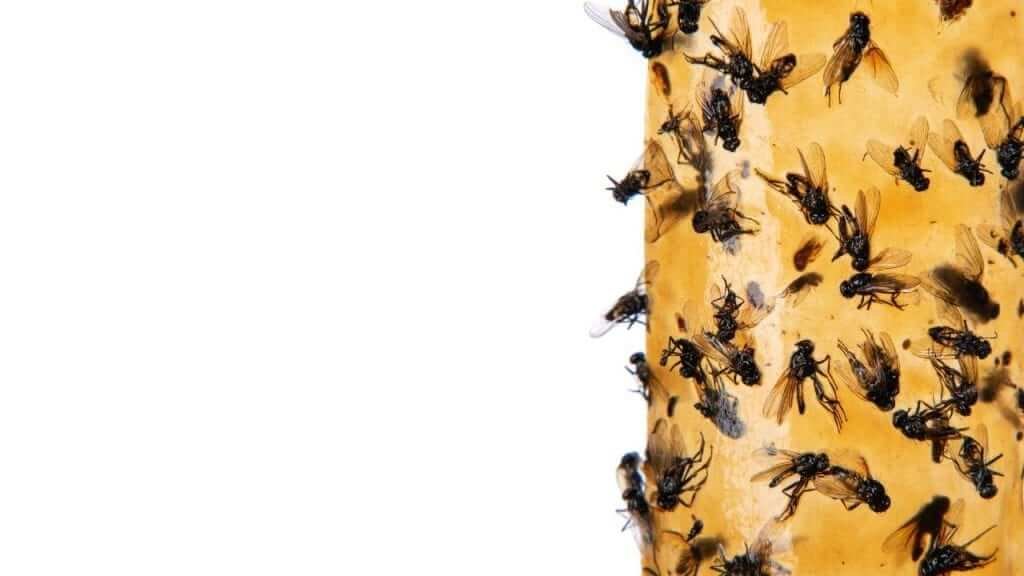
How to get rid of fungus gnats?
So if you notice you have these, we understand if you want to get rid of them as soon as possible. Here are a few tricks for you:
Use sticky card traps
We would firstly recommend sticky card traps; these are an ECO friendly, non-toxic and safe technique to capture gnats that will ensure your plants won’t be harmed.
These are super easy to insert into the soil, and the double-sided adhesive stickiness will capture the adult gnats which will fly or crawl on the card. These do also come in blue, but we would only recommend the yellow as gnat are more attracted to this colour.
If you have smaller plants we would advise cutting the sticky flowers up into fifth (carefully as they are prone to stick to everything and are hard to get off) they will more than likely be caught easier this way due to the increase of edges.
You can also buy sheets of this card and lay them around the top of the soil. Either way, this is a quick and easy way to capture these pests. These are also highly effective for capturing aphids, small fruit flies, whiteflies and thrips.
Place your plant outside
If its an option to place your plant outside, this may be good. This will stop the fly from becoming a nuisance, typically will take it out of the humid environment and the main reason it will stop them searching for a new location in your other plants to feed!
Apple cider-vinegar traps
Another super cost-effective and straightforward idea is apple cider-vinegar traps. Place a shallow container with a small amount of apple cider vinegar with washing up liquid next to your affected plant, the washing up liquid will stop the gnats from flying out.
Equally, add the apple cider vinegar to a container, then around the top add some cling film, hold this in place with a rubber band around the sides, and then finish this off by poking some small holes in the plastic.
Change the apple cider vinegar every 4-5 days and clean out the trapped gnats. However, this isn’t as effective, and something you will have to do repeatedly/longer than other methods as this will only trap the adult gnats and not the nesting eggs or larvae.
Pesticide Control
Pesticide control isn’t typically recommended for the treatment of fungus gnats. However, the management and reduction of these pests can be done by using diluted Hydrogen Peroxide. This oxygenates the soil leading the Gnats to fly away with the hope of landing onto a trap.
How to get rid of fungus gnats?
After there are a few tricks to prevent these pests from coming back again because let’s face it one you’ve got rid of them or nearly – we understand if you do not want these pests back.
Bottom Water your plants
Bottom watering your plants means that your plant will be soaking up water from the base. Therefore the roots are getting the water before the top of the soil is saturated.
Ultimately meaning your plant won’t be sitting in the water for a long time, and also suggests where the fungus gnats will typically lay their eggs won’t be moist and will become undesirable.
Keeping the soil dry
Try and keep your soil dry, particularly when it comes to watering. Gnats may be deterred from laying their eggs if the top inch or two of soil is dry and undesirable, this will slow down the infestation and stop.
Add sand and/or pebbles to the top of the soil
For a cheap option, you can also add a small layer of sand or decorative pebbles to the top of the soil, which will also deter the females from laying their eggs.
Gnat Nix, which we can also sing praise for, this non-toxic product is a recyclable material that creates a physical barrier between the fungus gnat.
Use only indoor potting soil
Ensure indoor plants only use indoor potting soil, making sure you don’t add compost, mulch, or peat moss. These materials contain decaying materials that gnats will be attracted to, combined with how well they retain moisture.
If you have already planted your plant in this soil, we would recommend repotting and not using the same soil.
Inspect plants before purchasing
When buying, inspect new plants and make sure they are first healthy and pest free.
To be doubly sure, it is best to quarantine them away from your other pants once you have them at home, for around 2-3 weeks. – This goes with all pests and diseases when buying new plants.
Treat other nearby plants too
We would also suggest that if you have other plants close, treat these also. You can never be quite sure if the larva has already settled in the soil.
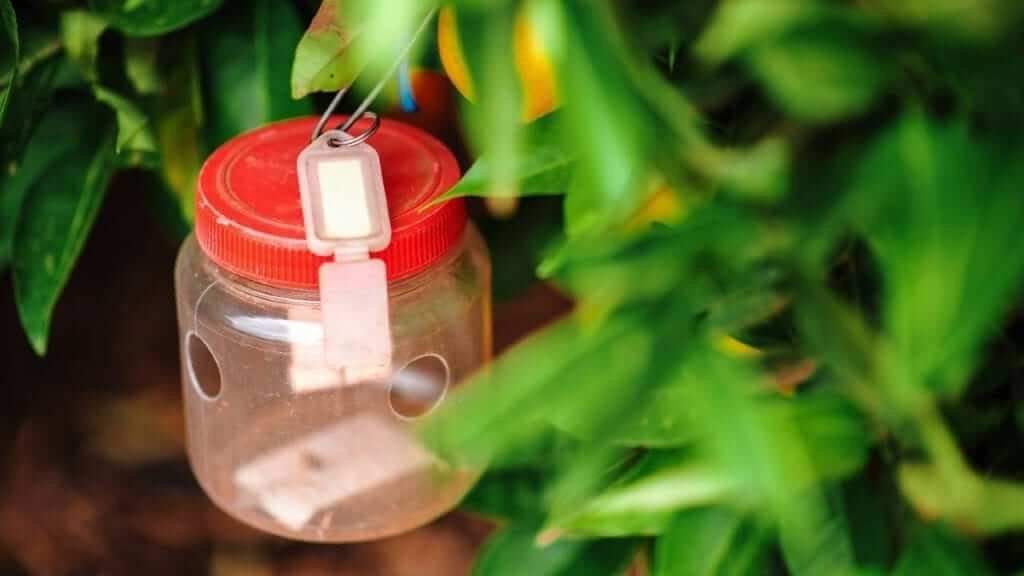
Potential damages to your plants
You don’t typically need to worry about damage to your plants unless you have a considerable infestation or the cycle has been going on for a long time.
They primarily will only attack young seedlings which have delicate roots and your more established plants will unlikely be left damaged by gnats.
However, once their population gets out of hand and no longer controllable, this is where the potential problems can start. The larvae will begin feeding on the plant’s roots which will cause notable damage similar to that of root rot; the lower leaves may turn yellow and drop, the growth of your plant may slow down or completely stop.
In the worst cases of fungus gnat, this can lead to Phytophthora. This is a severe type of widespread disease that can result from the larvae feeding on the plant’s roots, creating spaces that the Phytophthora can enter in causing the eventual death of your plant. However, we hope that yours won’t get to this stage.
Fungus gnats facts
- The fungus gnat’s life cycle is made up of four stages: egg larvae pupae and adult.
- Adult gnats can lay up to 200 eggs in the first 2 inches of the soil.
- It will take the eggs three days to hatch into larvae. This larva will feed on the organic material or decaying plant root.
- The larvae will live amongst the soil for around 2 weeks before they turn into adults and emerge from the soil to start annoying you. They will then repeat the process which you need to be careful of!
- An adult gnat can live for up to a week.
What plants are affected?
What is annoying is that these pests don’t discriminate and find them in any of your seedlings, soft cutting houseplants or greenhouses. Some of the main houseplants that are attracted to are:
- Spider Plant
- African Violets
- Peace Lilies
- Geraniums
- Wandering Jew
Let's go Shopping...
Products Coming Soon!












